Search results for 'Red pigments'
-
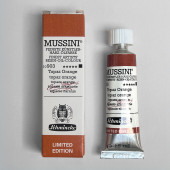
Schmincke Mussini Topaz Orange Limited Edition 15 ml
£26.00 -
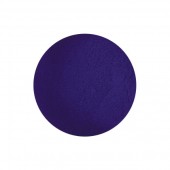
Prussian Blue Pigment
Starting at: £5.20
-

Cornelissen Virtual Gift Voucher
£25.00 -
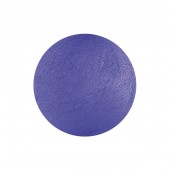
Egyptian Blue Pigment
Starting at: £5.90
-
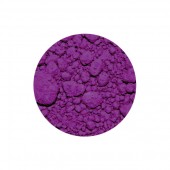
Manganese Violet Pigment
Starting at: £8.50
-

London Pigment, Georgian Yellow Brick Pigment
£18.00 -
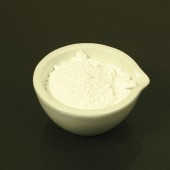
Alumina Hydrate Light
Starting at: £8.30
-
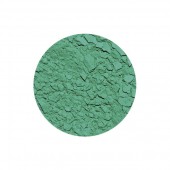
Cobalt Green Light Pigment
Starting at: £8.70
-
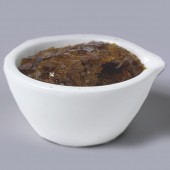
Lemon Shellac
Starting at: £8.20
-
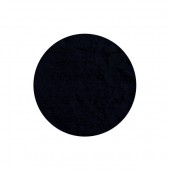
Vine Black Pigment
Starting at: £4.70
-

Ultramarine Blue Limewash Pigment
Starting at: £6.30
-

Mars Violet Pigment
Starting at: £4.50
-
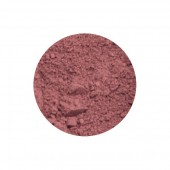
Madder Lake Genuine Pigment
Starting at: £10.20
-
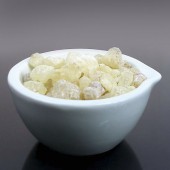
Gum Damar
Starting at: £10.00
-
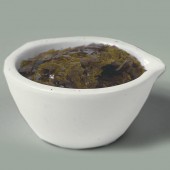
Clear Dewaxed Shellac
Starting at: £9.20
-
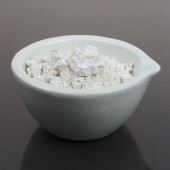
Whiting
Starting at: £4.00
-

Ultramarine Blue Light Pigment
Starting at: £6.00
-
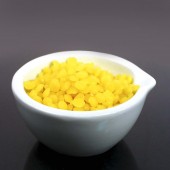
Natural Beeswax
Starting at: £11.20
-
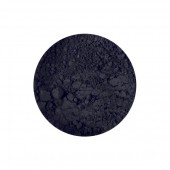
Ivory Black Pigment
Starting at: £4.50
-

Gum Sandarac
Starting at: £8.60
-
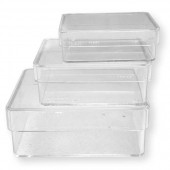
Transparent Containers
Starting at: £1.20
-
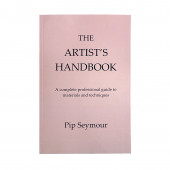
Artist's Handbook
£30.00 -
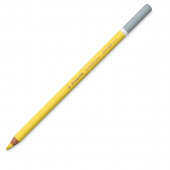
STABILO CarbOthello Pastel Pencils
Starting at: £2.05
-

STABILO CarbOthello Pastel Pencil Sets
Starting at: £25.20
-
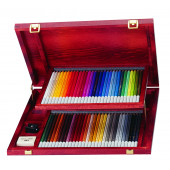
STABILO CarbOthello Pastel Pencil Set of 60 in Wooden Box
£175.00
-

W&N Professional Watercolour 14ml Tube
Starting at: £16.00
-
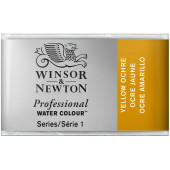
W&N Professional Watercolour Whole Pan
Starting at: £9.55
-
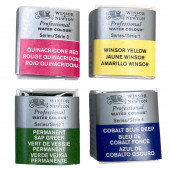
W&N Professional Watercolour Half Pan
Starting at: £7.90
-

W&N Professional Watercolour 5ml Tube
Starting at: £8.25
-
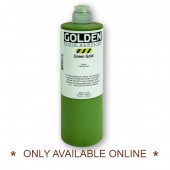
Golden Fluid Acrylic 473ml
Starting at: £46.70





